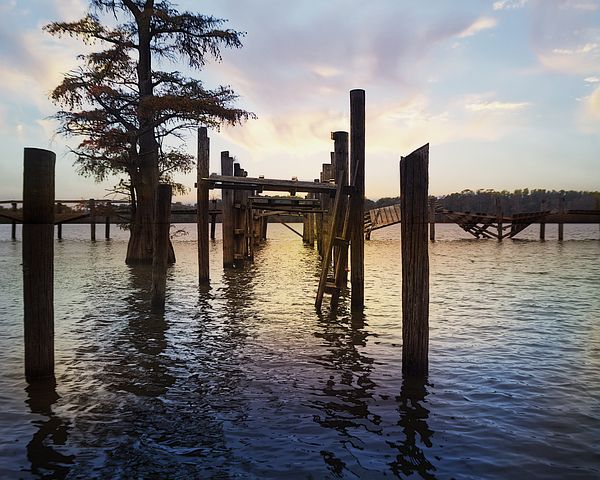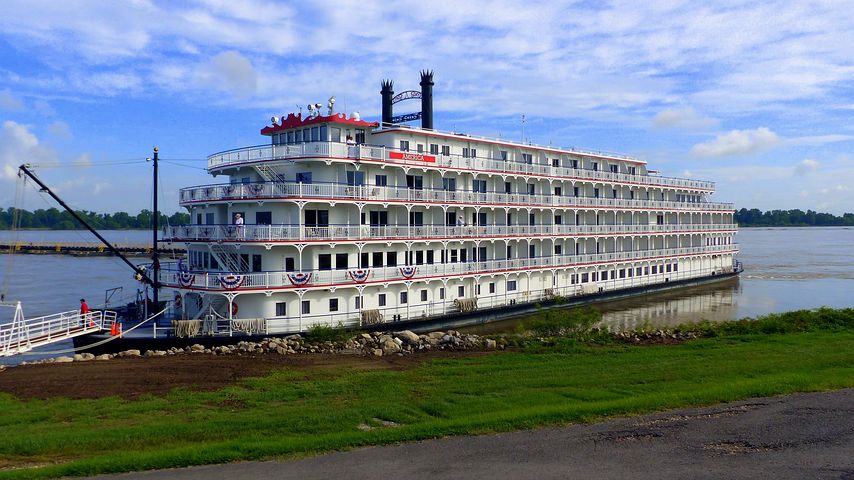Mississippi
Exploring Mississippi: A Deep Dive into the Magnolia State
Situated in the Southeastern region of the United States, Mississippi is a state that is rich in history, culture, and natural beauty. It is bordered by Tennessee to the north, Alabama to the east, the Gulf of Mexico to the south, Louisiana to the southwest, and Arkansas to the northwest. The Mississippi River significantly defines the state’s western boundary, making it an area of strategic importance.
Geographical Features of Mississippi
Mississippi is primarily located within the east Gulf Coastal Plain, characterized by lowland plains and low hills. The northwest part of the state comprises the Mississippi Delta, a region of the Mississippi Alluvial Plain. The highest point in Mississippi is Woodall Mountain, standing at 807 feet (246 m) above sea level, while the lowest point is the Gulf of Mexico. The state experiences a humid subtropical climate, with long, hot summers and short, mild winters.
The Origin of Mississippi’s Name
The state’s name, Mississippi, is derived from the river, which flows along and defines its western boundary. The name Mississippi is a nod to the region’s Native American history, taken from the Ojibwe word ‘misi-ziibi,’ which translates to ‘great river.’
Early Inhabitants and History of Mississippi
Mississippi’s history dates back to around 10,000 BC when Native Americans or Paleo-Indians first inhabited the region, known today as the American South. These early inhabitants were hunter-gatherers who pursued the megafauna that became extinct following the end of the Pleistocene age.
Over the centuries, the area witnessed the development of rich and complex agricultural societies, leading to the formation of the Woodland and Mississippian culture. These cultures were known for their mound-building practices and extensive trading networks.

Descendant tribes of these cultures, including the Chickasaw and Choctaw, later inhabited Mississippi. Other tribes, such as the Natchez, the Yazoo, and the Biloxi, also resided in the area.
The first significant European expedition into the territory that became Mississippi was led by Spanish explorer Hernando de Soto, who passed through the northeast part of the state in 1540.
Colonial Era of Mississippi
The colonial era of Mississippi began in April 1699 when French colonists established the first European settlement at Fort Maurepas, which was in the vicinity of present-day Ocean Springs on the Gulf Coast. This settlement was initiated by Pierre Le Moyne d’Iberville. Later in 1716, the French founded Natchez on the Mississippi River, which became the dominant town and trading post of the area.
During the colonial era, European settlers imported enslaved Africans for labor on cash crop plantations. As a result, a class of free people of color (gens de couleur libres), mostly multiracial descendants of European men and enslaved or free black women, and their mixed-race children, developed. Over time, this group became a third class between the Europeans and most enslaved Africans in the French and Spanish settlements.
Following Great Britain’s victory in the French and Indian War, the French surrendered the Mississippi area to Britain under the terms of the Treaty of Paris (1763).

Mississippi as a U.S. Territory
After the American Revolution (1775-83), Britain ceded this area to the new United States of America. The Mississippi Territory was organized on April 7, 1798, from territory ceded by Georgia and South Carolina to the United States. The Mississippi Territory was later twice expanded to include disputed territory claimed by both the United States and Spain.
Statehood to Civil War
Mississippi became the 20th state on December 10, 1817. David Holmes was the first governor. The state was still occupied as ancestral land by several Native American tribes, including Choctaw, Natchez, Houma, Creek, and Chickasaw.
During this time, it was a slave society, with the economy dependent on slavery. By 1860, the enslaved African-American population numbered 436,631 or 55% of the state’s total of 791,305 persons. Fewer than 1000 were free people of color.
On January 9, 1861, Mississippi became the second state to declare its secession from the Union, and it was one of the founding members of the Confederate States. The first six states to secede were those with the highest number of slaves.

Civil War through late 19th century
During the Civil War, Union and Confederate forces struggled for dominance on the Mississippi River, which was critical to supply routes and commerce. More than 80,000 Mississippians fought in the Civil War for the Confederate Army. Around 17,000 black and 545 white Mississippians served in the Union Army.
During Reconstruction, the state’s first constitutional convention in 1868, with delegates both black and white, framed a constitution whose major elements would be maintained for 22 years. The convention was the first political organization in the state to include African-American representatives. Under the terms of Reconstruction, Mississippi was restored to the Union on February 23, 1870.
Mississippi Today
Today, the state ranks among the lowest of the U.S. states in measures of health, education, development, and income. However, it remains a major player in several economic sectors, including agriculture and forestry. it produces more than half of the country’s farm-raised catfish and is a top producer of sweet potatoes, cotton, and pulpwood. Other main industries include advanced manufacturing, utilities, transportation, and health services.
Mississippi’s history, culture, and natural beauty make it a unique place to visit or call home. The state’s rich past continues to shape its present, making it a fascinating study for anyone interested in American history.
